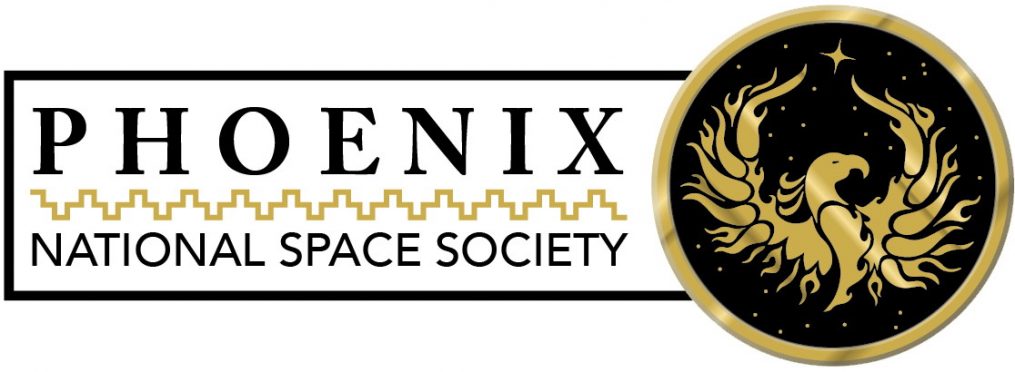 Up until now the word Antares has had only one meaning in our language, the given name of a star, but not anymore. Sure, it is still the name of a giant red binary star, the brightest in the constellation Scorpio, about 424 light-years from Earth. The word Antares has its roots in ancient Greek meaning simulating Mars. It looked red to them, just like Mars.
Up until now the word Antares has had only one meaning in our language, the given name of a star, but not anymore. Sure, it is still the name of a giant red binary star, the brightest in the constellation Scorpio, about 424 light-years from Earth. The word Antares has its roots in ancient Greek meaning simulating Mars. It looked red to them, just like Mars.
However, things change. On Sunday, April 21, from a beach on Wallops Island Virginia, our own Orbital Sciences launched its newest horse in its extensive stable of rockets, the Antares. And for the first time in my memory, a first launch of a new rocket didn’t end prematurely in a puff of smoke or debris cloud. It went so smoothly that almost no one heard about it. That’s success in the rocket industry but a marketing failure.



You must be logged in to post a comment.